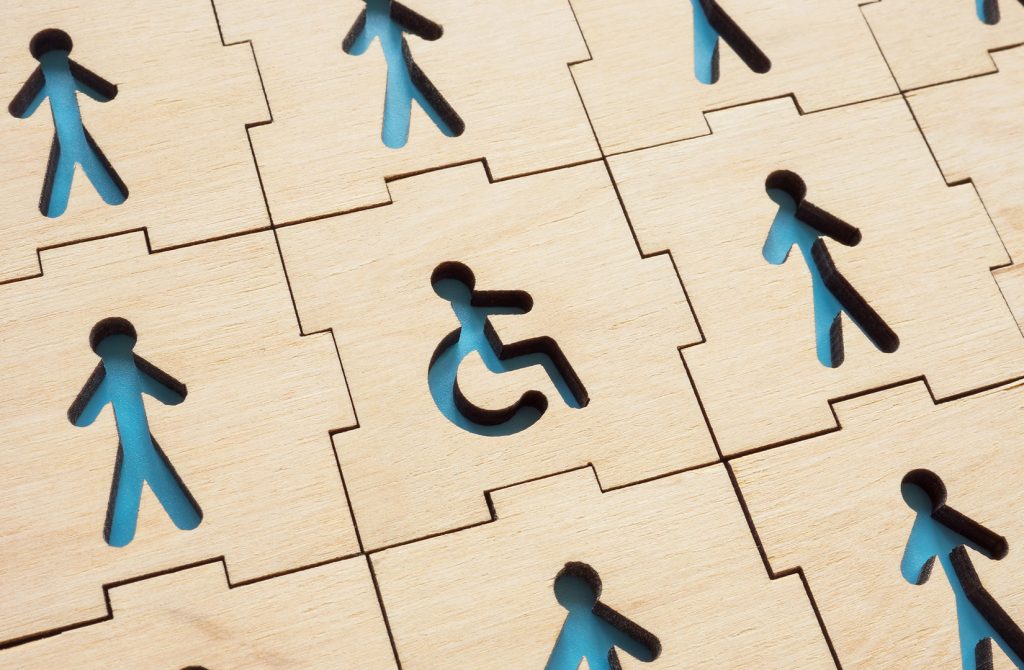Australia has long been a leader in advocating for inclusivity and accessibility, and the upcoming changes in accessibility laws are a significant step forward. These new regulations aim to create a more inclusive society by addressing barriers faced by individuals with disabilities in public spaces, workplaces, and digital platforms. Here, we break down what these changes mean for individuals, businesses, and communities.
Key Changes in Accessibility Laws
- Stricter Building Standards
The updated National Construction Code (NCC) introduces new provisions to ensure that public buildings are more accessible. This includes mandatory wheelchair-accessible entrances, bathrooms, and parking spaces in new developments and significant renovations. - Digital Accessibility Requirements
Websites and mobile applications must comply with updated Web Content Accessibility Guidelines (WCAG). Businesses will need to ensure that their digital platforms are user-friendly for people with vision impairments, hearing difficulties, and other disabilities. - Workplace Adjustments
Employers will face stronger requirements to provide reasonable accommodations, such as adaptive technologies or flexible work arrangements, to support employees with disabilities. - Public Transport Accessibility
Transportation providers must meet stricter standards for accessibility, including more space for mobility aids, better audio-visual announcements, and improved station facilities. - Stronger Penalties for Non-Compliance
To enforce these changes, regulators will introduce heftier fines and penalties for organisations that fail to meet the new standards.
What This Means for Individuals
For individuals with disabilities, these updates promise a more inclusive and equitable environment. Everyday activities—from navigating a website to commuting to work—will become easier and more accessible. Greater accessibility also means more opportunities for participation in education, employment, and social activities.
Families and caregivers will benefit as well, as the burden of navigating inaccessible environments will lessen. These changes empower individuals with disabilities to live more independently and with dignity.
What This Means for Businesses
While these laws bring significant benefits, businesses must act quickly to comply with the new standards. Here are some steps organisations can take:
- Audit Existing Infrastructure: Assess your physical and digital spaces to identify areas that need improvement.
- Invest in Training: Ensure employees are educated about accessibility and how to accommodate diverse needs.
- Partner with Experts: Work with accessibility consultants to ensure compliance and improve inclusivity.
- Plan for Upgrades: Budget for necessary renovations, software updates, or equipment purchases to meet the new standards.
Businesses that embrace these changes proactively can build stronger relationships with customers and employees while avoiding fines and reputational damage.
How Communities Benefit
Accessible infrastructure fosters a more inclusive society where everyone can participate equally. These laws will encourage better urban planning, improved public services, and greater awareness of accessibility issues. Ultimately, this leads to stronger, more connected communities.
At Para Mobility, we’ve had the privilege of witnessing the incredible impact our disability equipment has on communities. From enhancing independence and mobility to creating inclusive spaces, we’ve seen first-hand how our solutions have empowered people to participate fully in life’s moments. We’ve seen customers gain newfound confidence, families experience greater peace of mind, and communities grow stronger through increased accessibility. Whether it’s providing aquatic wheelchairs that enable water activities or lifts that open up new possibilities at swim centres, we can attest to the financial benefits of providing accessible equipment, and most importantly how much it changes lives.
Preparing for the Changes
The new laws continue to roll out over the coming years, with specific deadlines depending on the sector. To prepare:
- Stay Informed: Keep an eye on government announcements and guidelines related to the new laws.
- Advocate for Change: Encourage local businesses and councils to prioritise accessibility improvements.
- Engage in Feedback: Participate in consultations and provide input on how these changes can be implemented effectively.
The upcoming Australian accessibility laws mark a significant step towards creating a more inclusive nation. By addressing physical, digital, and systemic barriers, these regulations will improve quality of life for individuals with disabilities while fostering greater inclusivity in businesses and communities. Whether you’re an individual, business owner, or community member, embracing these changes is not just a legal requirement—it’s a commitment to building a better, more equitable future for all.


